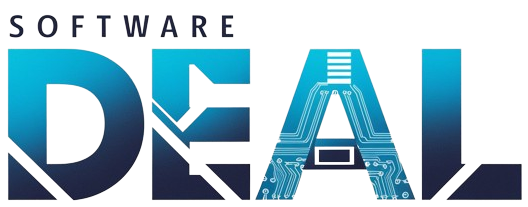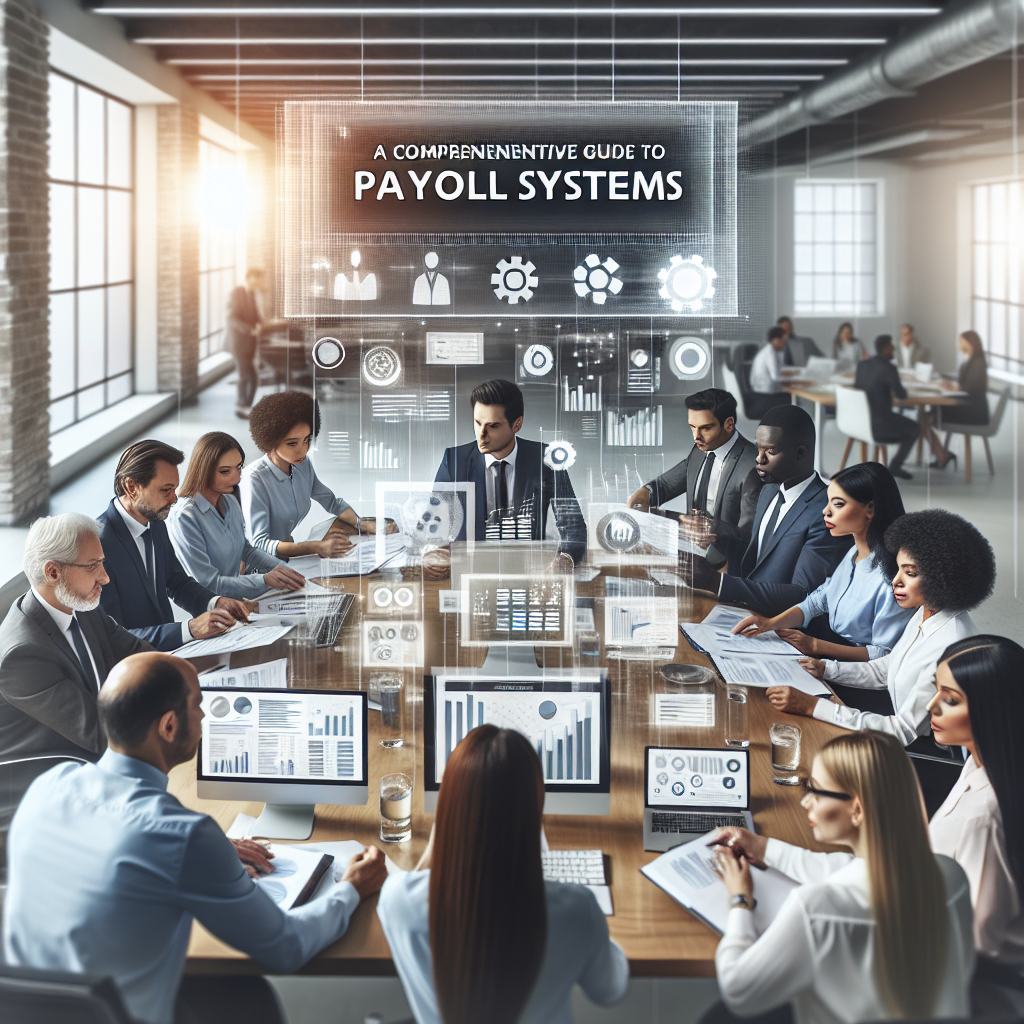As your business grows, manually managing your employees’ pay becomes a time-consuming process. Adopting an effective payroll system simplifies payment management and ensures conformity with multiple regulations related to salaries and wages. This article will guide you through the details of understanding payroll systems.
What Is A Payroll System?
A payroll system is an automation software that companies use to schedule and process employee compensations. Payroll systems take account of employee salaries, tax withholdings, deductions, and incentives. By ensuring consistent and accurate payments, these systems promote financial decorum in the organization.
Why is a Payroll System Important?
The cost of human error in payroll calculations is significant. Hence, organizations cannot depend solely on manual calculations. Here are a few reasons why a payroll system is essential:
- Achieves Efficiency: With automation, payroll systems lighten the workload of HR and accounting departments by improving precision and minimizing errors.
- Cost-effective: By reducing the time spent on payroll management, businesses can refocus their resources on other aspects.
- Ensures Compliance: The system routinely updates tax-related regulations and refrains from any legal non-compliances.
Types of Payroll Systems
The choice of a payroll system should depend on the business size, industry, and complexity of payroll calculations. Here are some common types of payroll systems:
- Manual system: The traditional method involving handwritten checks and record-keeping. Best suited for small businesses with few employees.
- In-house computerized system: Payroll software is used to ease calculations and record-keeping. Best suitable for medium-scale businesses.
- Outsourced payroll service: A third-party service takes care of all payroll activities. Ideal for organizations without a dedicated payroll manager.
- Cloud-based system: The payroll service can be accessed through an internet browser, giving businesses massive scalability and accuracy.
How Payroll Systems Work
A payroll system works by automating the payroll process. Here’s a brief look at the steps involved:
- Sets up employee information: Employee compensation details are entered into the system for each employee.
- Processes payroll: Based on the employee’s schedule and attendance, the system automatically calculates earnings, deductions and net pay.
- Distribute pay: Once approval is given, the system disburses payments through direct deposit, paper checks or paycards.
- Prepares reports: Regular payroll reports for the management, tax reports for the government, and pay slips for the employees are generated.
- Complies with tax regulations: the system makes sure that all the necessary withholdings are done, and tax forms like W2 and 1099 are duly provided.
Conclusion
Investing in a robust payroll system is of critical importance for businesses. They enhance accuracy, add efficiency, maintain compliance, and eventually boost productivity by reducing the time spent on payroll administration. Whether it’s a manual, computerized, outsourced, or cloud-based system, it’s important to find one that suits your organization’s needs the best.
Frequently Asked Questions (FAQs)
Q1: How does a payroll system help in the proper management of employee data?
A: A payroll system keeps all the employees’ data in a consolidated place, making it easy to manage and access anytime. It eliminates the chance of misplacing or losing critical employee information.
Q2: Can a payroll system assist in year-end taxation?
A: Yes. A good payroll system automatically deducts tax withholdings from employee paychecks and keeps track of these deductions for year-end tax reporting.
Q3: How secure is a cloud-based payroll system?
A: Security is a key concern when it comes to payroll systems. Leading vendors offer high-level encryption and multiple layers of security to protect sensitive data.
Q4: Can I switch my payroll system?
A: Yes, you can switch your payroll system at any time. Change usually becomes necessary as the business grows, tax regulations change, or the current solution becomes obsolete.
Q5: What features should I look for in a payroll system?
A: Some essential features you should look for include ease of use, integration capabilities, tax compliance features, time and attendance tracking, and robust reporting features.

